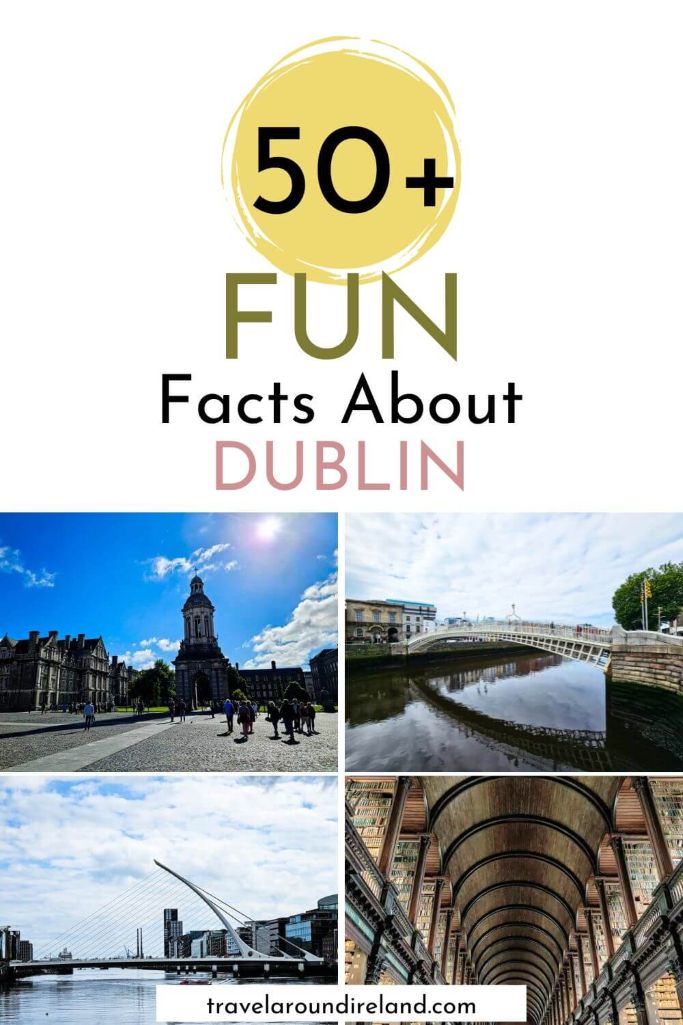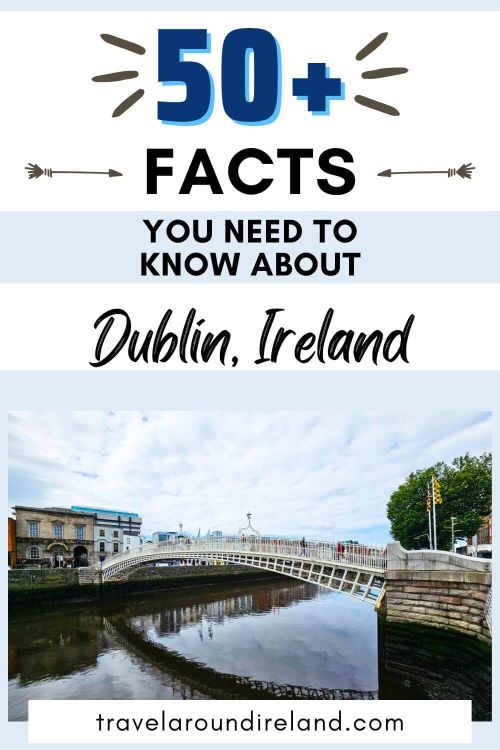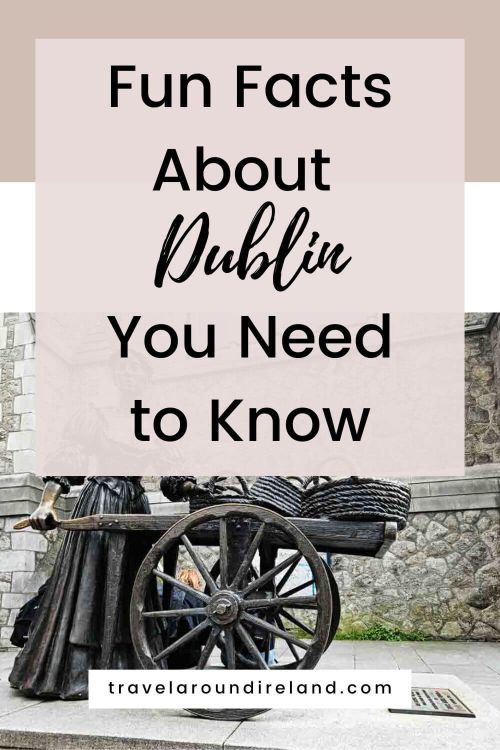You’ve booked your trip to Dublin, or maybe you’re still dreaming of one — pint of Guinness in hand, strolling cobbled streets and soaking up the charm of Ireland’s capital. But before you go, it’s worth discovering some fascinating facts about Dublin that reveal just how quirky, historic, and downright surprising this city really is.
Most visitors stick to the usual sights — Trinity College, Temple Bar, maybe a stroll by the Liffey. But there’s so much more to Dublin if you know where to look. From Viking roots to literary legends and even a statue with a cheeky nickname, this city is full of hidden gems and curious trivia.
In this guide, I’ve pulled together the best facts about Dublin to entertain, inform and maybe even make you laugh. Whether you’re planning your first visit or just want to brush up on your Irish knowledge, you’re in for a fun read.
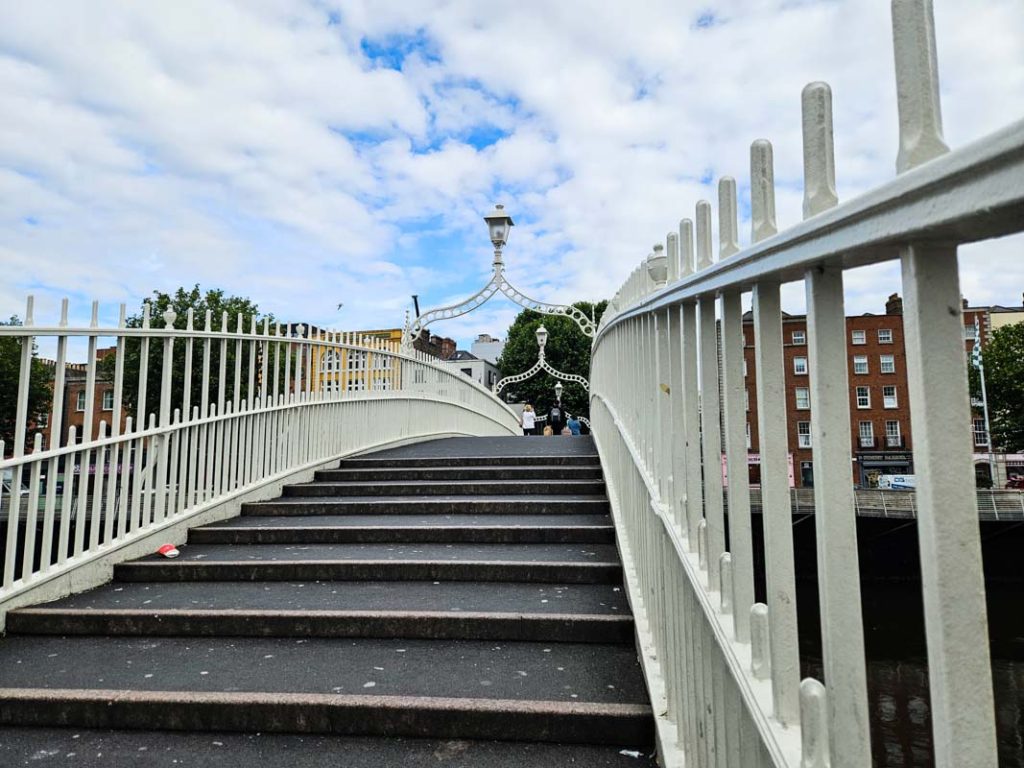
Fast and Fun Facts About Dublin
These are the kind of facts you’ll want to whip out at the pub or casually drop into conversation while walking through Temple Bar. Light-hearted, quick to read, and packed with charm — here’s a taste of Dublin’s more surprising side.
- Dublin has over 750 pubs. That’s right — you could visit two a day for an entire year and still not get through them all. Cheers to that! (Reference)
- The name “Dublin” comes from the Irish “Dubh Linn,” meaning “black pool” — referring to a dark tidal pool where the River Poddle met the Liffey, near Dublin Castle.
- The Guinness Storehouse is one of the most visited attractions in Ireland. Over 1.7 million people pop in each year to learn about (and taste!) the country’s most iconic stout (Reference).
- Dublin is one of the youngest capital cities in Europe, population-wise. The average Dubliner is under 40, making it a youthful, lively place full of energy.
- The River Liffey has 24 bridges. From the modern Samuel Beckett Bridge (designed to look like a harp) to the cast-iron Ha’penny Bridge, they’re worth crossing just for the views.
- Speaking of bridges, Dublin’s O’Connell Bridge is wider than it is long. It’s one of the few bridges in Europe with that strange distinction — short and stout, like a proper pint.
- You’re never far from green space. Dublin boasts more green areas per square kilometre than any other European capital — St Stephen’s Green and Phoenix Park are just the beginning.
- The city is twinned with multiple cities, including San Jose, California. Tech lovers, take note — Dublin is Europe’s Silicon Valley, with headquarters for Google, Meta, and TikTok.
- The city has its own miniature Viking museum in a supermarket. You’ll find actual Viking remains in a glass floor in a Lidl on Aungier Street (pictured below the Guinness Harp).
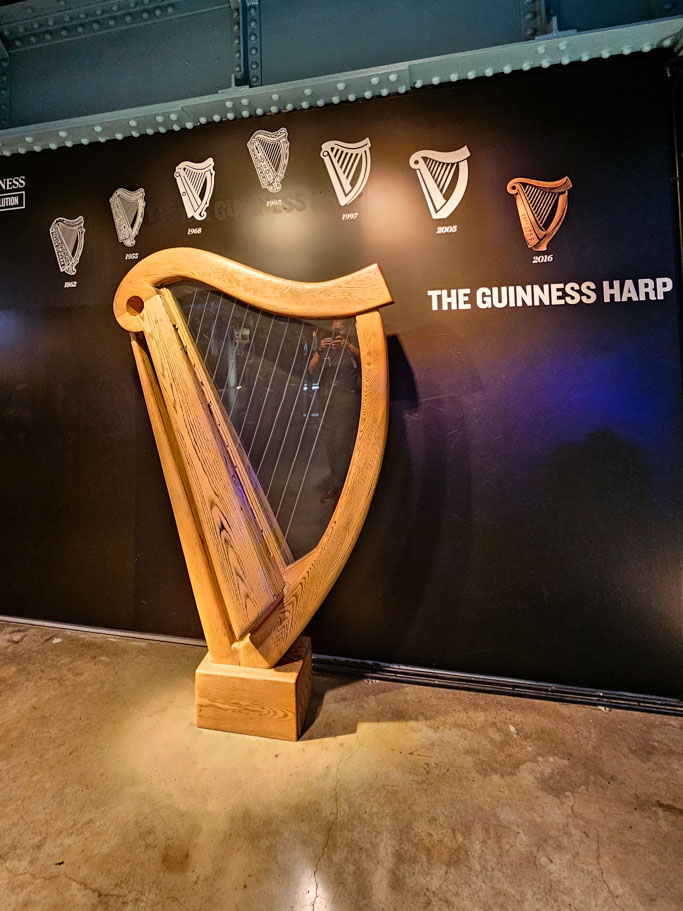
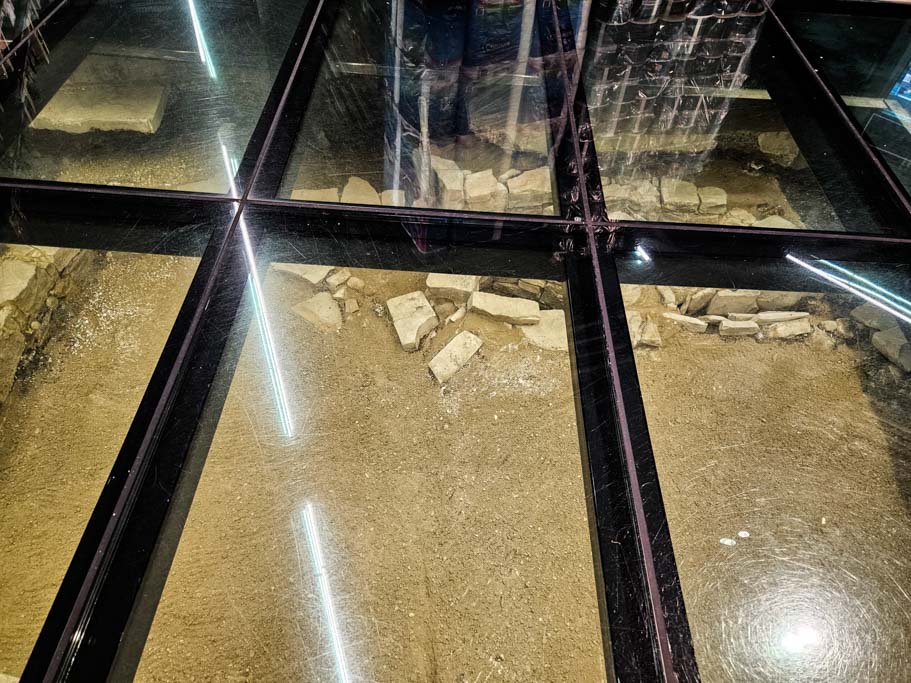
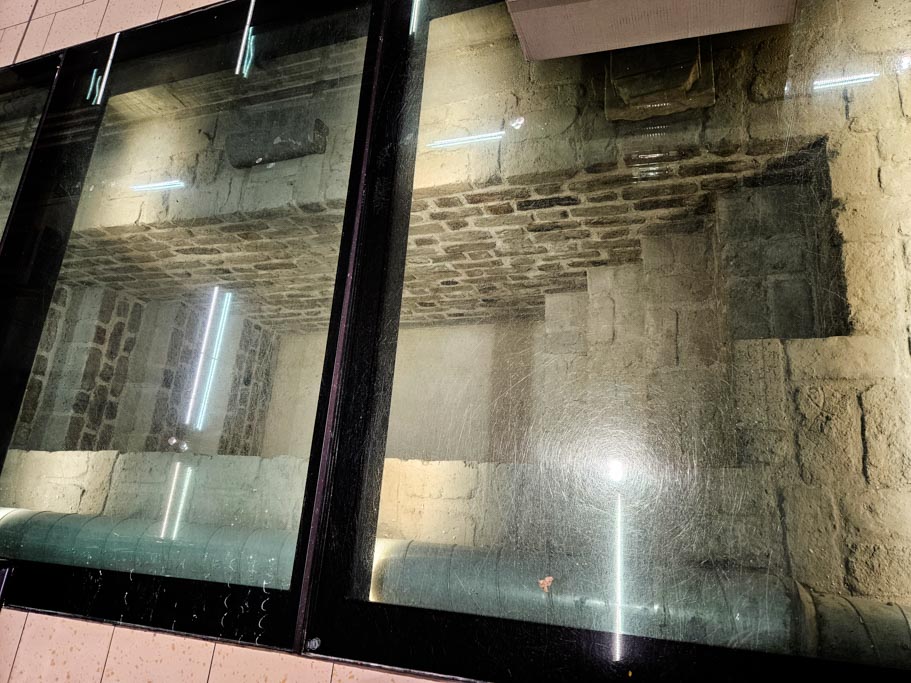
The Viking building remains under the glass floor of a supermarket in Dublin.
Historical Facts About Dublin
Dublin’s history is anything but dull. From Viking invaders and colonial rule to uprisings and independence, the city has seen it all. These historical facts give you a peek into the events and figures that shaped the Dublin we know today.
- Dublin was founded by Vikings in 841 AD. They set up camp near the “black pool” (Dubh Linn), giving the city its name and leaving a lasting legacy still felt today.
- Trinity College Dublin was established in 1592. It’s the oldest university in Ireland and houses the Book of Kells, a 9th-century illuminated manuscript that draws art and history lovers from around the world.
- The General Post Office (GPO) was a key site in the 1916 Easter Rising. Bullet holes from the armed rebellion are still visible on the building’s columns today.
- Dublin was once the second city of the British Empire. In the 18th century, it was a bustling hub of politics, trade, and grand Georgian architecture — some of which still lines the streets today.
- Kilmainham Gaol is one of the most historically significant buildings in Ireland. It housed many Irish revolutionaries, and several leaders of the Easter Rising were executed here.
- Phoenix Park has been around since 1662. Originally a royal hunting ground, it’s now one of the largest enclosed city parks in Europe — home to wild deer and the President of Ireland.
- Located in the Phoenix Park, Dublin Zoo is one of the oldest in the world. Opened in 1831, it started with just one lion, one wolf, one eagle, and some monkeys — now it’s home to over 400 animals.
- The Four Courts, still functioning today, was shelled during the Irish Civil War. It saw fierce fighting in 1922, and many original historical records were tragically lost in the blaze.
- Dublin Castle was the centre of British rule in Ireland for over 700 years. It’s now a government complex and top Dublin tourist attraction — a powerful symbol of Ireland’s complicated history.
- O’Connell Street was once Sackville Street. It was renamed after Daniel O’Connell, the “Liberator,” who campaigned for Catholic emancipation in the 19th century. His statue stands at the point at which O’Connell Bridge meets O’Connell Street
Read this article about a brief history of Ireland to learn more.
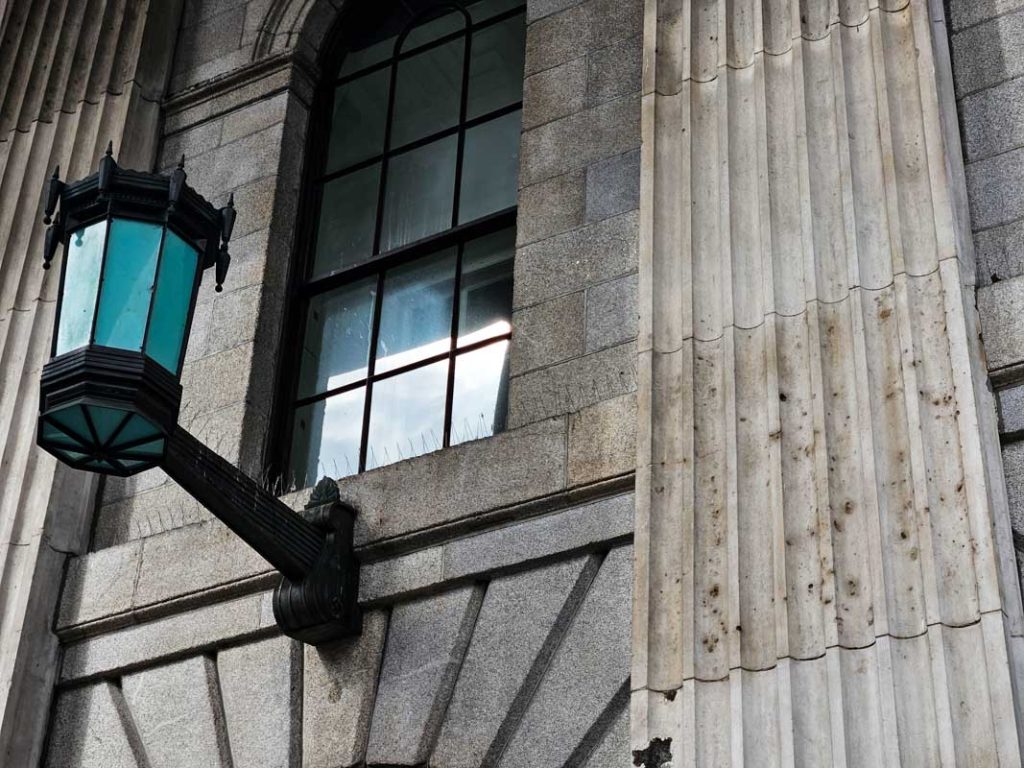
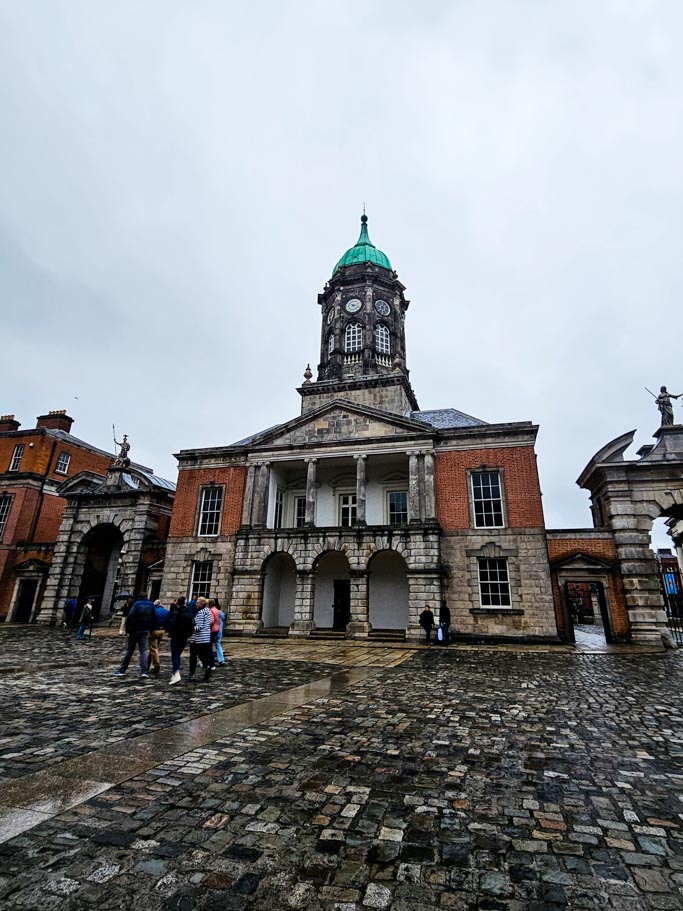
Cultural and Literary Facts About Dublin
Dublin doesn’t just tell stories — it breathes them. From its Nobel Prize-winning authors to its street performances and cosy pub sessions, culture pulses through every cobblestone of the Irish capital.
- Dublin is a UNESCO City of Literature. It earned the title in 2010, thanks to its rich literary heritage and famous authors who shaped world literature.
- Four Nobel Prize winners in Literature were born in Dublin. W.B. Yeats, George Bernard Shaw, Samuel Beckett, and Seamus Heaney all called the city home at some point.
- James Joyce set nearly all of Ulysses in Dublin. Fans celebrate “Bloomsday” every year on June 16th by retracing the steps of Leopold Bloom through the city.
- Bram Stoker, the author of Dracula, was born in Dublin. You can even visit the annual Bram Stoker Festival if you’re feeling a bit spooky.
- You can take a Literary Pub Crawl. This unique experience combines two great Irish loves: storytelling and stout, with actors performing snippets of famous works between pints.
- The Long Room in Trinity College’s library is a book lover’s dream. Housing over 200,000 of the library’s oldest books, it also inspired the Jedi archives in Star Wars (no, seriously).
- Oscar Wilde’s birthplace is now a museum. And right across the road in Merrion Square, you’ll find a statue of him lounging on a rock, smirking at passersby.
- Dublin is home to more than 100 libraries. From the grand Marsh’s Library (Ireland’s oldest) to modern community spaces, the city is a haven for readers.
- Buskers are a huge part of Dublin’s culture. Grafton Street and Temple Bar echo with music — you never know if the next performer will be a local teen or a future superstar.
- Gaelic culture still lives on in Dublin. While Irish isn’t spoken as widely in the capital, you’ll find Gaelscoileanna (Irish-language schools), Irish-speaking cafés, and traditional music sessions that keep the language and heritage alive.
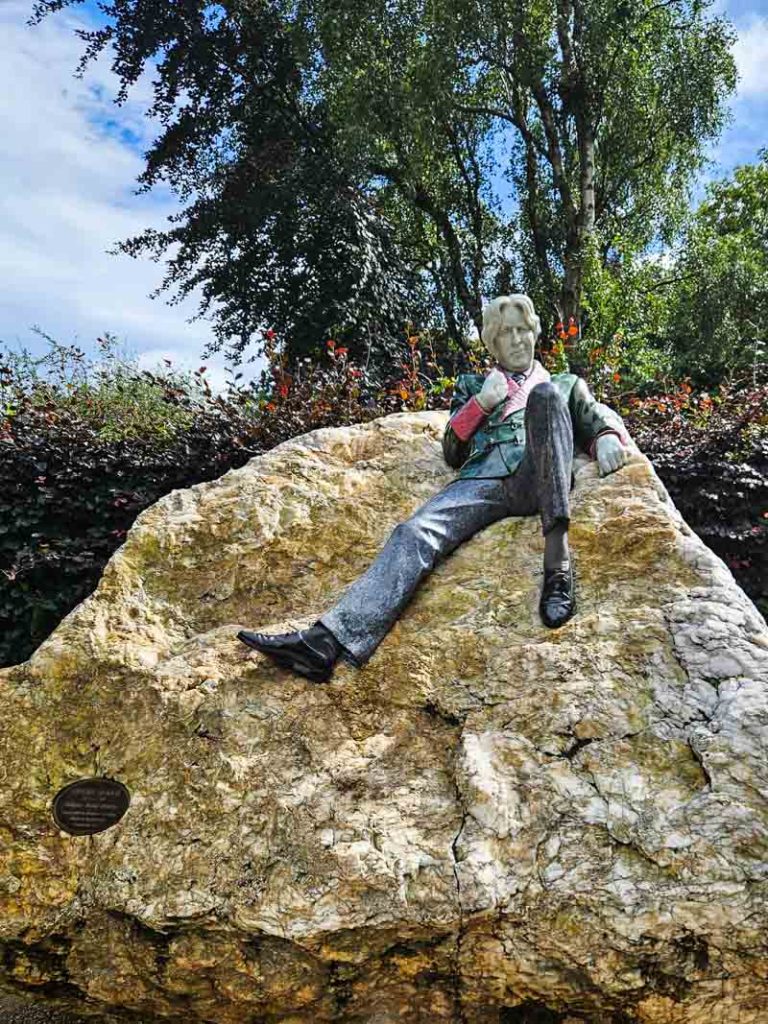
Quirky and Weird Dublin Facts
Not everything in Dublin is Guinness and Georgian doors. The city is full of oddities, cheeky legends, and weird little quirks that make it one of the most characterful capitals in Europe.
- The Spire has several nicknames — none of them official. Dubliners fondly (and sarcastically) call it things like “The Stiletto in the Ghetto,” “The Nail in the Pale,” and “The Spike.” You won’t miss it — it’s 120 metres tall and stands in the center of O’Connell Street.
- There’s a mummified cat and rat on display in a church crypt. You can find them frozen mid-chase in the crypt of Christ Church Cathedral — stuck in an organ pipe since Victorian times. Creepy, but iconic.
These and more are featured in my article about unique and unusual things to do in Dublin.
- The Molly Malone statue has very shiny… assets. Tourists can’t help but rub her bronze bosom “for luck,” leaving that part of the statue far shinier than the rest.
- Students once declared war on Canada. In 1972, Trinity College students staged a mock invasion of the Canadian embassy. It lasted a day, no casualties (except dignity), and is now a beloved local tale.
- The Jeanie Johnston Famine Ship is a replica — that never sank. While many famine-era ships were called “coffin ships,” the original Jeanie Johnston never lost a passenger, which was incredibly rare.
- There’s a secret medieval well hidden beneath a modern office block. St Patrick’s Well can be found under the Department of Foreign Affairs — ancient Dublin lurking beneath modern glass.
- You can take a haunted bus tour… in a black comedy theatre on wheels. The Gravedigger Ghost Bus combines ghost stories with theatrical mayhem — and it drops you off outside a pub. Naturally.
- One Dublin pub has been serving since 1198. The Brazen Head claims to be Ireland’s oldest pub, and whether or not that’s strictly true, it’s full of character, stories, and regulars who insist it is.
Read this article to learn more about Dublin’s Oldest Pub.
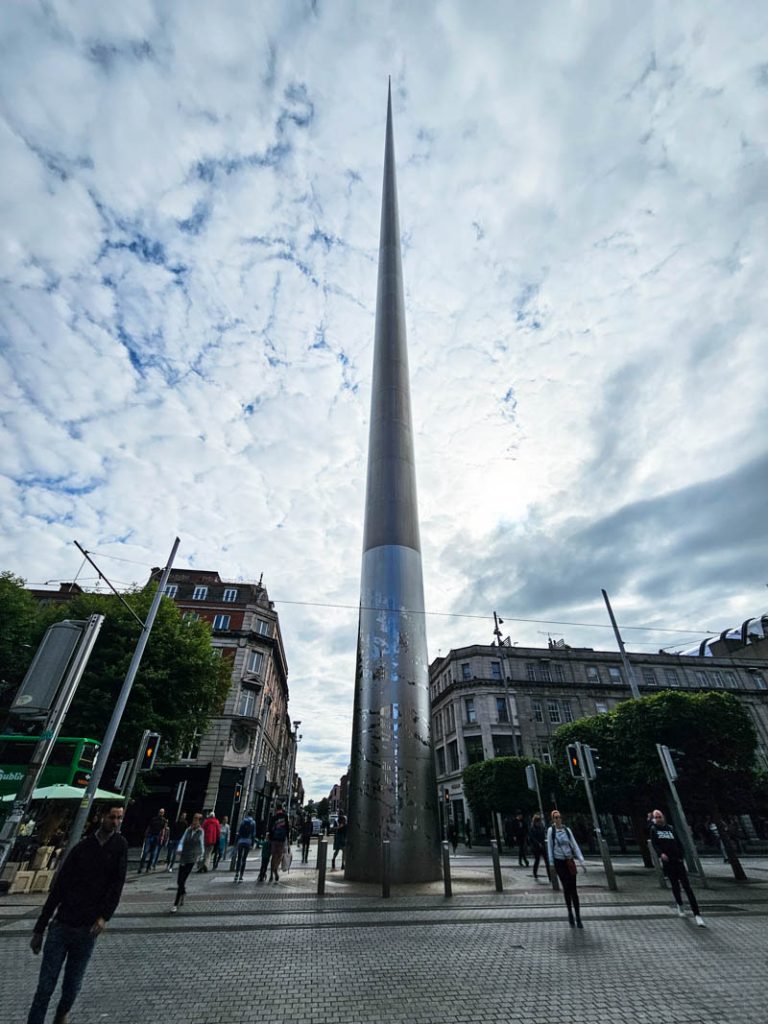
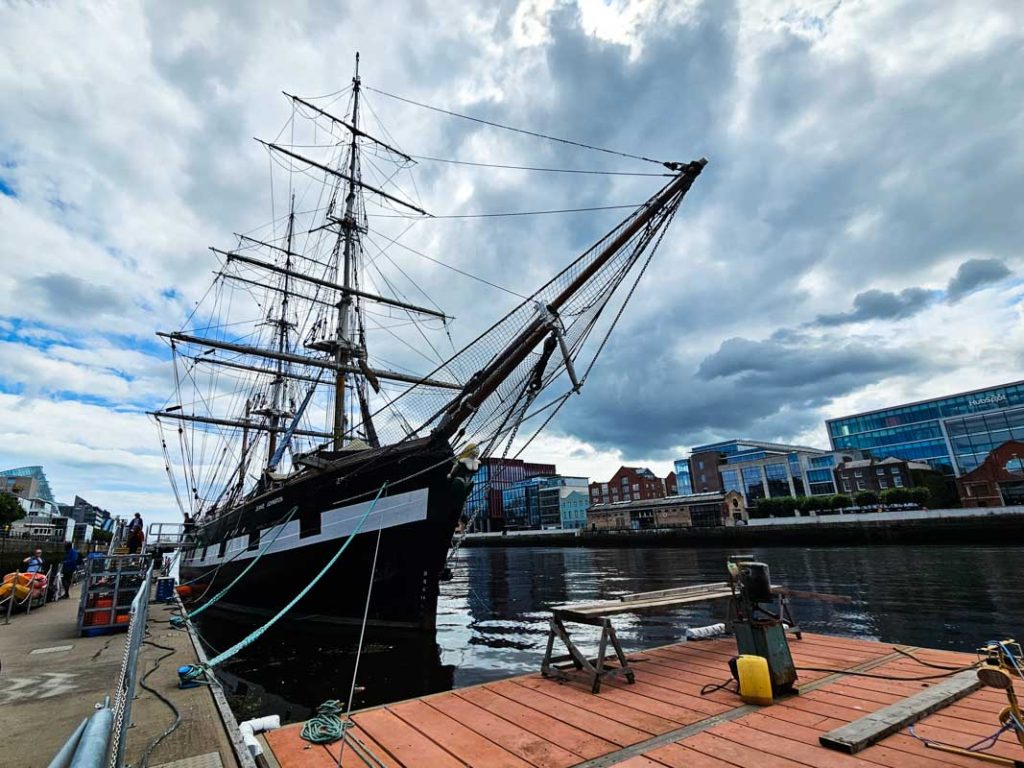
Modern Dublin – Surprising Tidbits
Dublin isn’t just about history and heritage — it’s a city constantly reinventing itself. These modern facts show the capital’s more current and surprising side, from tech to transport and everything in between.
- Dublin is Europe’s tech capital. It’s home to the European HQs of Google, Meta (Facebook), TikTok, Airbnb, and LinkedIn. Silicon Docks is the city’s own little version of California’s famous valley.
- The city’s Luas tram system only launched in 2004. Despite being a modern European capital, Dublin went without trams for decades — now it has two lines that locals either love or grumble about.
- The Poolbeg Chimneys are protected structures. These two giant towers from a former power station are visible from almost anywhere in the city and have become unofficial icons.
- Dublin Port handles over 50% of all Irish trade. It’s not just scenic — it’s a powerhouse of shipping, connecting Ireland to the world.
- The Samuel Beckett Bridge can swivel open. Designed by Santiago Calatrava, the harp-shaped bridge rotates sideways to let ships pass — modern engineering meets poetic design.
- Phoenix Park is still home to wild deer. Despite being near the city centre, you can often spot herds of fallow deer grazing freely — a surreal sight in a European capital.
- Ireland’s only IKEA is in Dublin. This fun fact may surprise some visitors — and it’s so popular that it has its own bus route.
- Electric scooters are now a regular sight. Dublin has finally joined the e-scooter revolution, though with some typically Irish grumbling over where they’re parked.
- U2 started their career in Dublin. The band formed at Mount Temple Comprehensive School and played some of their earliest gigs in local pubs and clubs.
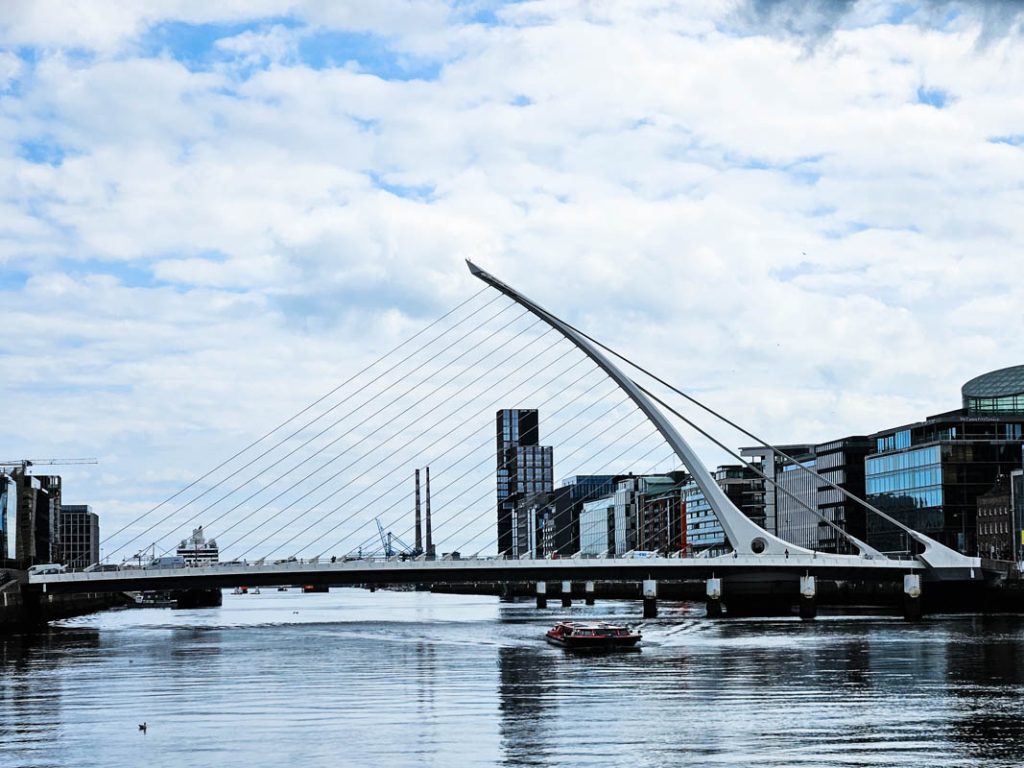
Bonus: Dublin in Numbers
Sometimes, numbers speak louder than words. Here’s a snapshot of Dublin’s story told through surprising statistics:
- 600,000 – The population of the city council area of Dublin.
- 1.45 million – The population of Greater Dublin (that’s nearly a third of Ireland’s entire population!), which comprises the city council area of Dublin, and the urban suburbs.
- 1.5 million – The number of people buried in Glasnevin Cemetery. That’s more than the population of Greater Dublin.
- 23 – The number of bridges crossing the River Liffey.
- 750+ – The estimated number of pubs across Dublin city and county.
- 1.7 million – Annual visitors to the Guinness Storehouse (one of Ireland’s most visited attractions).
- 1592 – The year Trinity College was founded — older than the United States.
- 707 hectares – The size of Phoenix Park. That’s over twice the size of New York’s Central Park.
- 200,000+ – The number of books housed in the Long Room at Trinity College’s library.
- €1.50 – What a crossing of the Ha’penny Bridge would have cost you back in the day (half a penny then, roughly that in today’s money after inflation!).
- 120 metres – The height of the Spire on O’Connell Street, making it the tallest sculpture in the world.
- 30+ – Annual festivals across the city, including the Dublin Theatre Festival, Bloomsday, and TradFest.
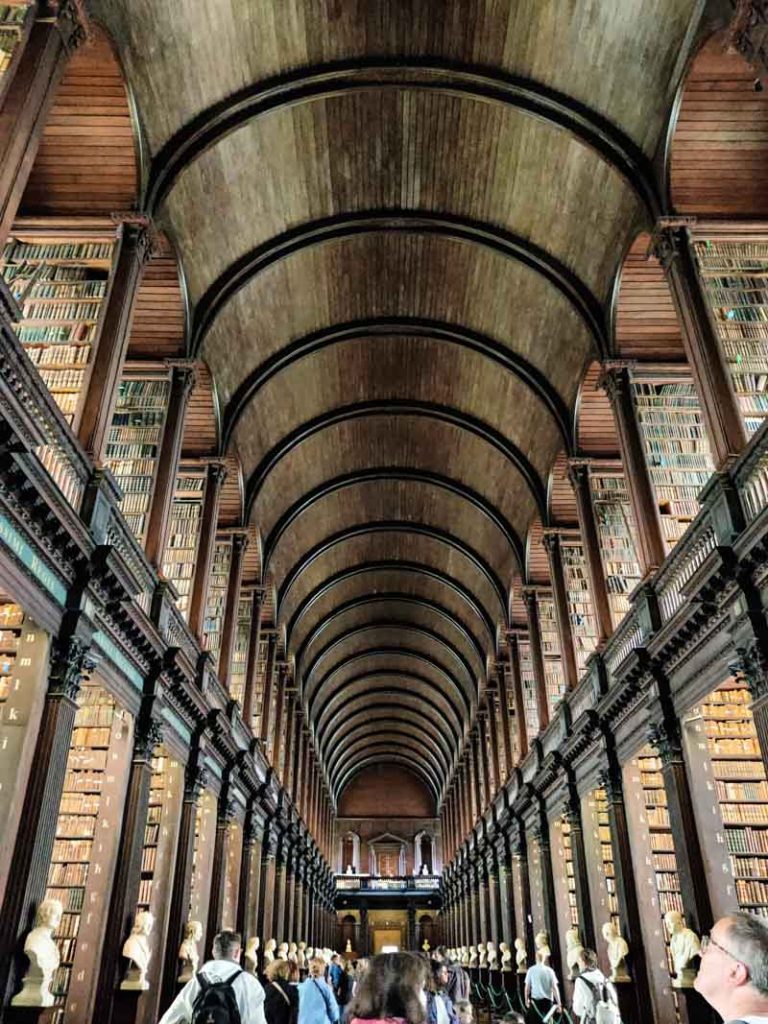
In Summary
From Viking raids to literary greats, cheeky statues to high-tech skylines, Dublin is packed with surprises at every turn. These facts about Dublin only scratch the surface of what makes this capital city so unique — it’s a place where ancient history and modern energy dance side by side.
Whether you’re planning a trip, dreaming from afar, or just love collecting quirky trivia, I hope these insights gave you a new appreciation for the Fair City. Dublin’s charm is in its stories — and now you’ve got plenty to share at the pub.
Have a favourite fact I missed? Drop it in the comments or share this with someone who loves Ireland as much as you do.
You might also enjoy these articles
- Facts About Ireland
- Facts About St Patrick’s Day
- Irish Mythological Creatures
- What is a Banshee?
- Celtic Symbols and Their Meanings
- Irish Mammy Sayings
- Irish Slang Words and Phrases
- Nicknames for Ireland
Pin for later!
